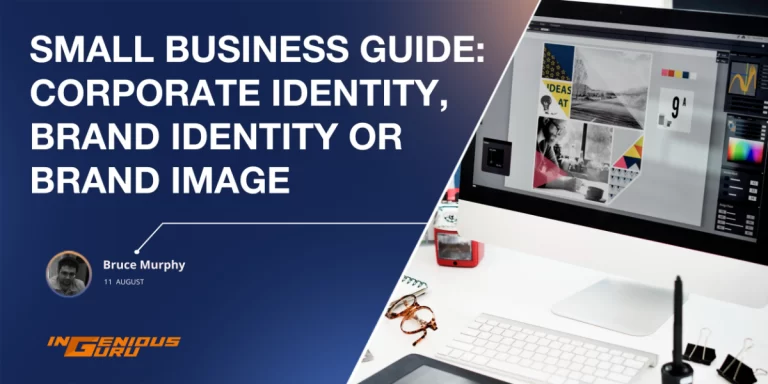Categories
Small business owners generally do not really think about developing a brand identity as they consider it as a mere small and unimportant activity that does not have much of importance in their marketing ideas. However, it is very important to ensure they have some kind of corporate identity to build image for the organization. In order for your small business to compete and compare, it is imperative for you to create and develop an emotional connection with your audience with the help of your messages, engagement and marketing.
As a SME owner, we understand, your business is like a baby for you and branding is one most important part of it and when it is rightly done, you can reap innumerable benefits and ROIs. The ongoing branding means you are delivering your messages loud and clear without any kind of interruption. You may not be creating any apparent or big impact right now, but this strategy can take you a really long way. Your brand identity is most likely to stay with you for a really long time, in most cases till the very end of the brand.
This guide will help you create a brand identity, we will take you from step to step and will let you know everything that you need to know. However, you must know, your brand identity is the combination of how your brand feels, looks and speaks to the customers.
Nevertheless, without dragging it anymore, its time we directly jump to the main topic so here we go.
Make researching your best friend
Its foolish to create a brand identity that does not resonate with your brand or customers. You have to find a middle ground that can connect with your customers and brand both. What’s the point of creating an identity that your customers cannot understand? Everything that you are doing for your business is actually for your customers, right? Start with researching about your customers, things that they like and how they can feel connected with your brand. Work on developing the personas that explain their hobbies, values, likes and of course dislikes as well.
Once you think you have complete understanding of your consumers, its time you jump to the competitive research. How the companies in your organization are positioning themselves in terms of personalities, visual elements and themes. Finally, do not forget about interviewing people that are loyal customers to your competitors, they know how to get the customers right to you.
Develop assets
Once you think you are all done with the research phase, all the fun begins here. It’s the stage where you can translate everything that you have learned into the actual visuals. Here is a snap of everything that you would need for the common brand assets.
- Logo
- Iconography
- Color palettes
- Marketing campaign photography and graphics
- Style guide
While you are at the mission of developing your brand assets make sure you are not leaving the handle of 3Cs as they are the most important. Clarity, Consistency and Commitment.
Explain your brand story
There is always a story a reason why a person has started his/ her business. Think about it, make a draft and read it again and again to ensure you have come to the final point. It should not necessarily be your real story only; it can include the whys of your brand. You have to make sure you are covering the following questions.
- What are the beliefs of your brand?
- What pain points are you communicating?
- How can your business solve your customer’s problems?
- Why did you think of creating this brand?
- Where do you see yourself in five years at least?
Remember your brand story is not an elevator pitch, its something bigger and larger than that. It should relate to the people and explain the reason for its existence.
Iterate and refine
Your identity can change with time and it will be changing, however there will be some point that will stay with you forever. Once you are done with your initial stage, research and refine it based on the feedback of your customer. Do not hesitate before testing the new strategies and tactics and see what can work best for you and your brand. For example, for your social media, you can try A/B testing with the different taglines on your homepage and then see which story goes with your brand the best. As your brand grows, so too will the importance of measuring the impact of your branding efforts.
Wrapping up
One of the many things that you as a small business owner must avoid is the foolish myths that people generally believe in. People often misguide the new business owners by saying branding works only when you are at the growing stage. Similarly, some people believe these branding expenses are impossible therefore one should not spend much on it as they do not yield much result. Last but not the least, branding is too complex for the kind of business I operate in. Pay no heed to such talks, trust me there is nothing better that you can do than creating a long-lasting brand identity for your business.
